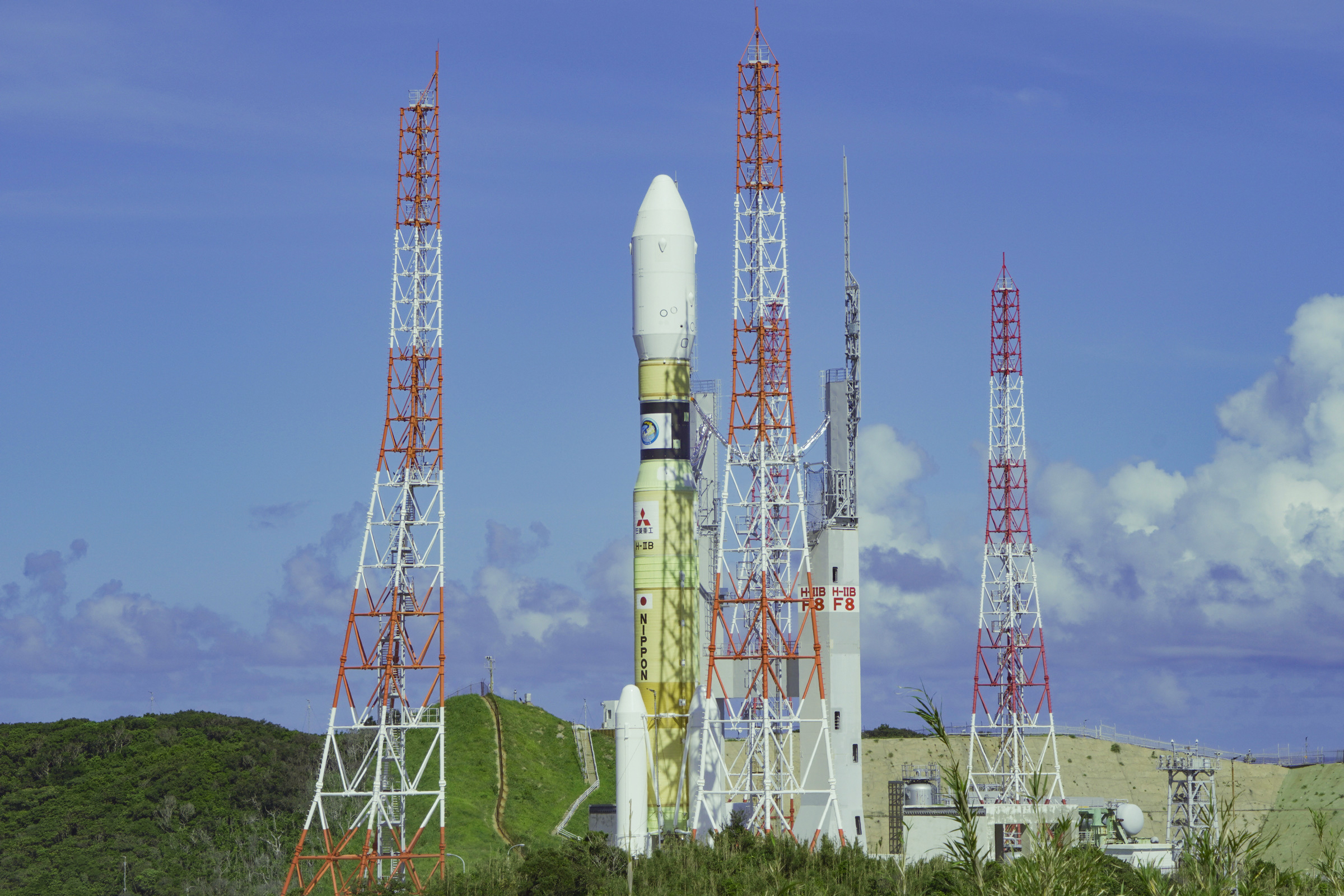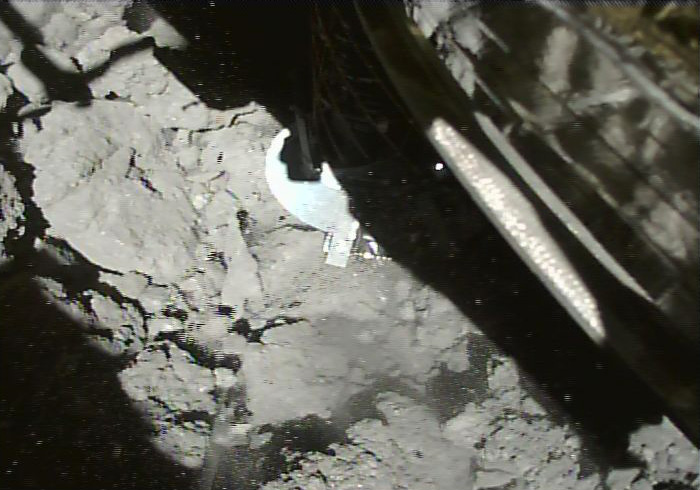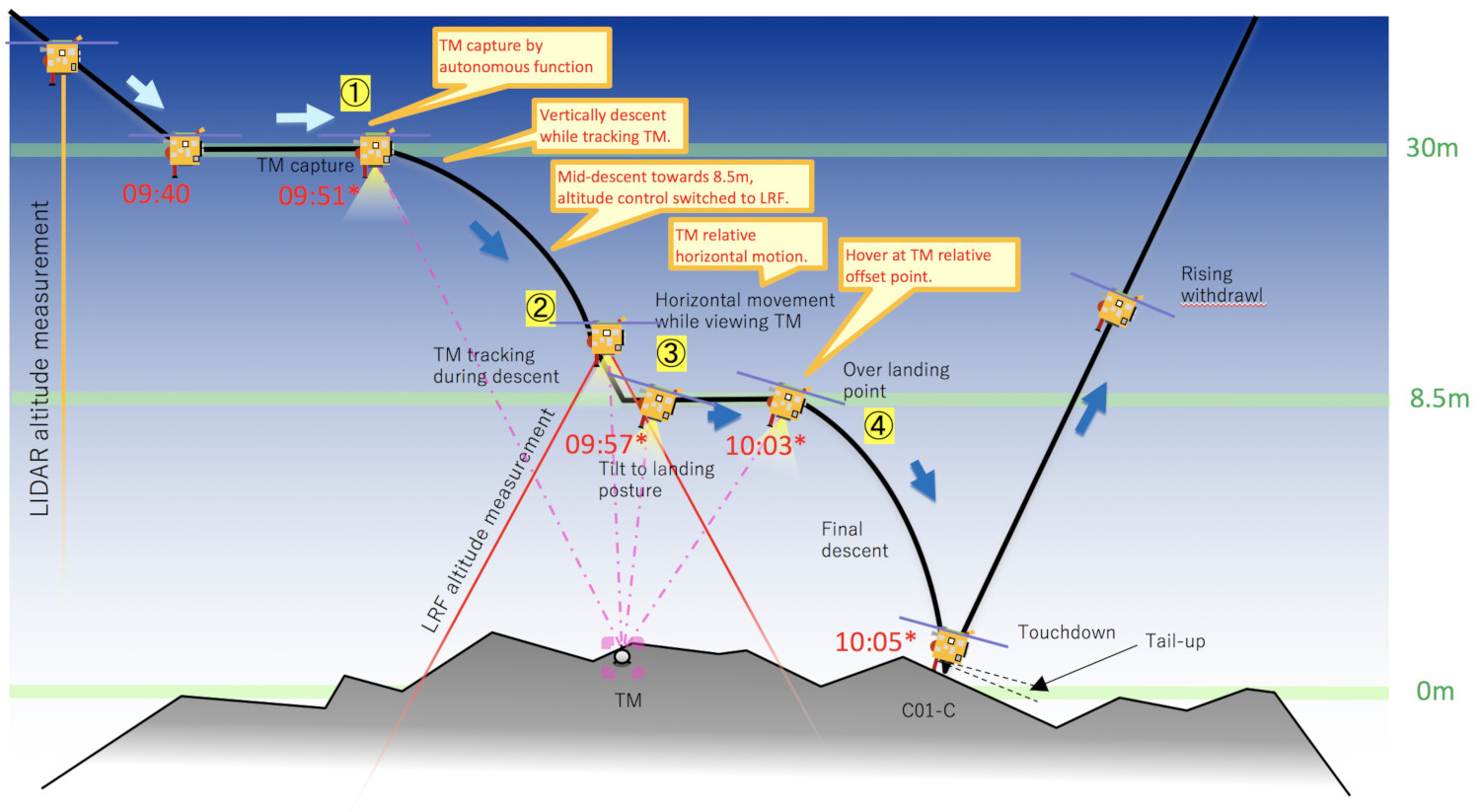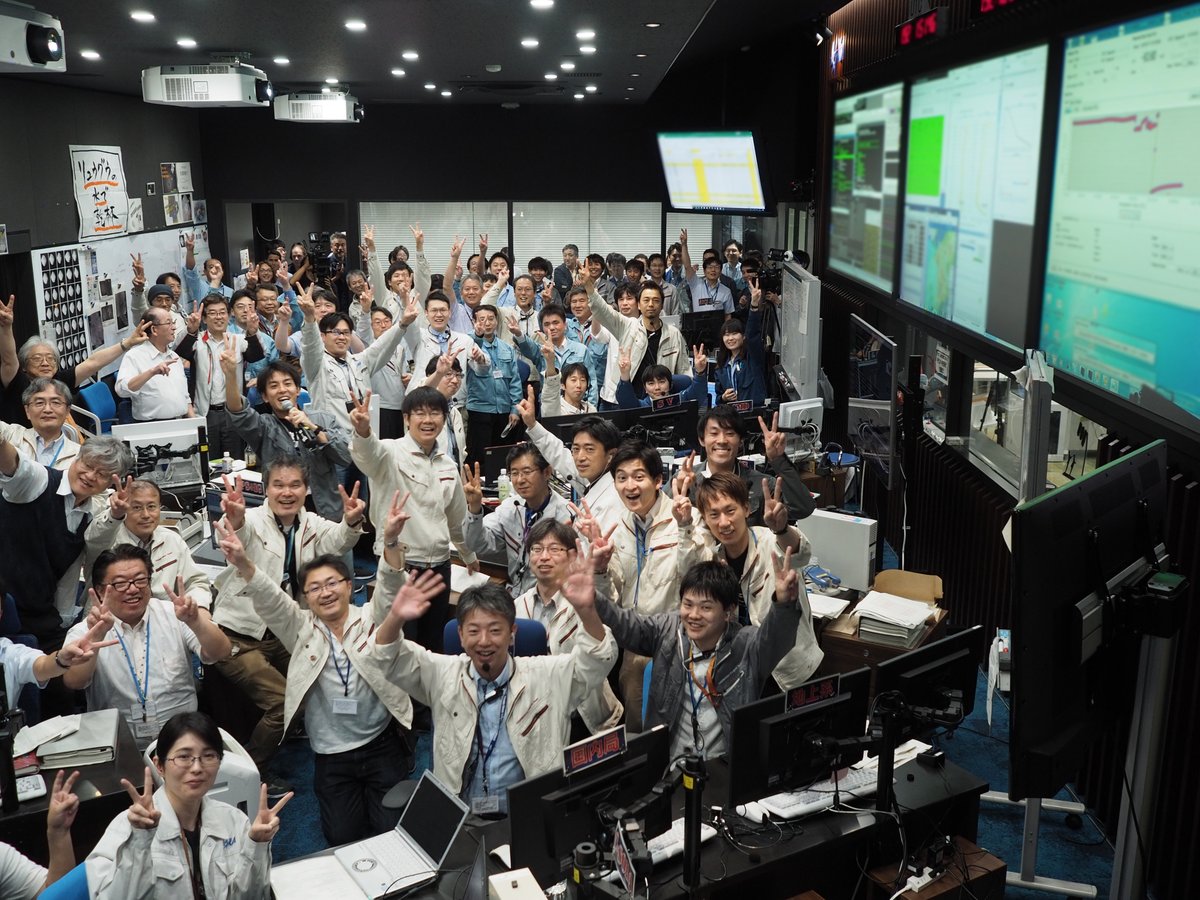Japanese orbital debris removal technology startup Astroscale is going to be working with the Japan Aerospace Exploration Agency (JAXA) on the agency’s first mission to remove some of the junk that currently exists on orbit. They’ve been selected by the age y to participate in its Commercial Removal of Debris Demonstration project (CRD2) which includes two separate mission phases that together will aim to accomplish the removal of a large body currently on orbit, the spent upper stage of a Japanese rocket.
Astroscale, which was founded in 2013, is focused entirely on cleaning up orbital space, which it sees as a necessary step for long-term sustainable activity on orbit. Space debris has become a hot-button topic in the space industry, with current projections anticipating massive increases in the number of active satellites orbiting the planet, thanks to the uptick in satellite constellation projects in the works from commercial operators including SpaceX, Amazon and OneWeb.
The JAXA mission aims to complete its first phase by the end of 2022, and Astroscale will support that phase by building, launching and operating a satellite that will observe and acquire data on the rocket upper stage that the second phase will seek to de-orbit. The goal is to find out more about its movement and the surrounding debris environment in order to set up a safe and successful removal.
“The data obtained in Phase I of CRD2 is expected to reinforce the dangers of existing debris and the necessity to remove them,” said Astroscale founder and CEO Nobu Okada in a press release. “Debris removal is still a new market and our mission has always been to establish routine debris removal services in space in order to secure orbital sustainability for the benefit of future generations. The international community is growing more aware of the risks of space debris and we are committed more than ever to turning this potential market into a reality.”
Astroscale is also already involved in other orbital debris removal projects, and plans to launch a demonstration mission of its ‘End-of-Life Services’ offering sometime in the second half of this year. This mission will be a world-first demo of commercial orbital debris removal is all goes to plan, a key step in proving that its technology can meet the needs of this growing opportunity.
Earlier this year, a near-miss of two defunct orbital spacecraft made headlines, and observers noted that had a collision occurred, it would’ve resulted in a new debris cloud with “at least hundreds” of new pieces of trackable debris. Astroscale and others like it could, combined with other initiatives like more granular tracking and information sharing among satellite operators, provide a much more sustainable in-space operating environment for the range of commercial activities either planned or in progress for orbital space.


 There was no guarantee this would happen, the JAXA team running the Hayabusa2 mission noted in a recent blog post. Any number of things could have resulted in a second touchdown being either too risky or not worth the trouble. Fortunately they concluded that the risk was acceptable and that this would be an important feat in more ways than one.
There was no guarantee this would happen, the JAXA team running the Hayabusa2 mission noted in a recent blog post. Any number of things could have resulted in a second touchdown being either too risky or not worth the trouble. Fortunately they concluded that the risk was acceptable and that this would be an important feat in more ways than one. In a brief update, JAXA provided a handful of pictures of the successful touchdown: 4 seconds before, the moment of impact, and 4 seconds after. It doesn’t stay for long, more bounces off the surface than “lands.” I assembled those into the gif you see above. A couple other shots show the area before the craft descended.
In a brief update, JAXA provided a handful of pictures of the successful touchdown: 4 seconds before, the moment of impact, and 4 seconds after. It doesn’t stay for long, more bounces off the surface than “lands.” I assembled those into the gif you see above. A couple other shots show the area before the craft descended.